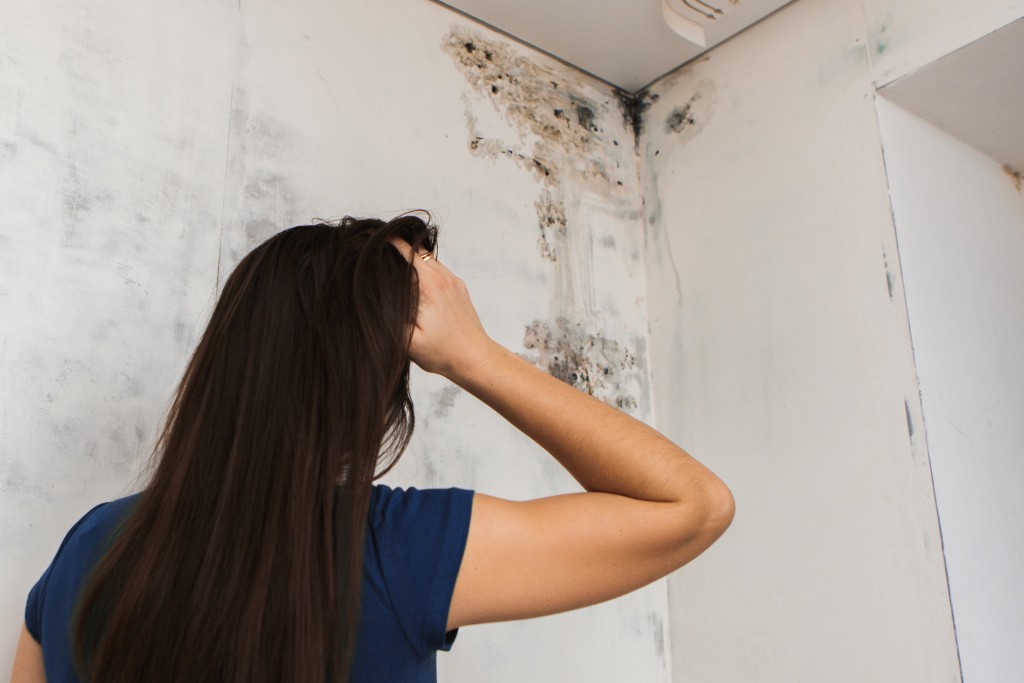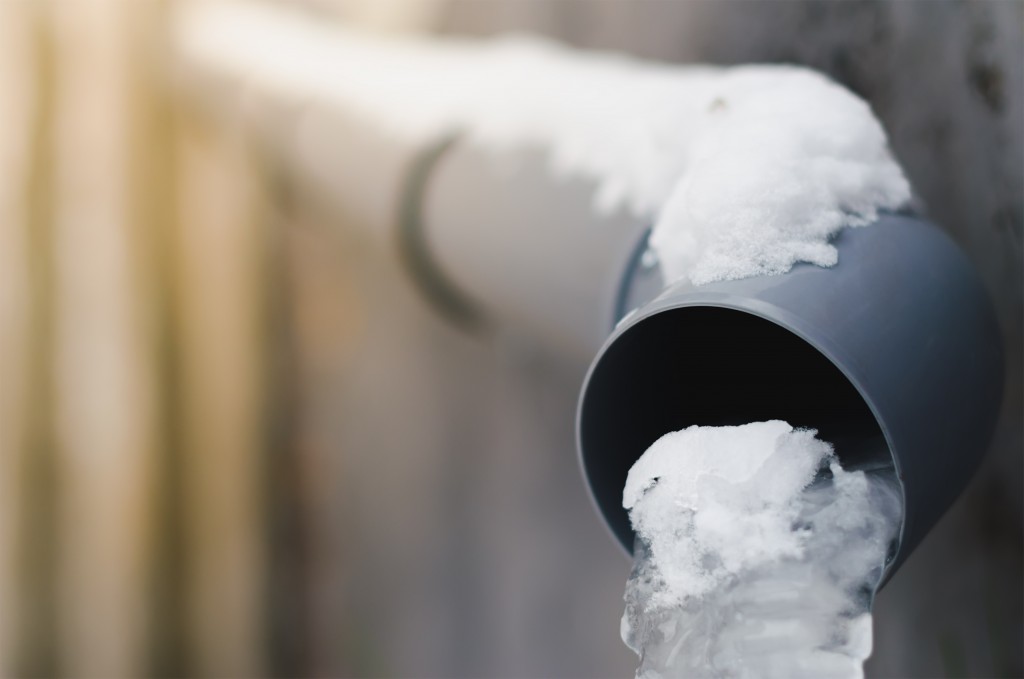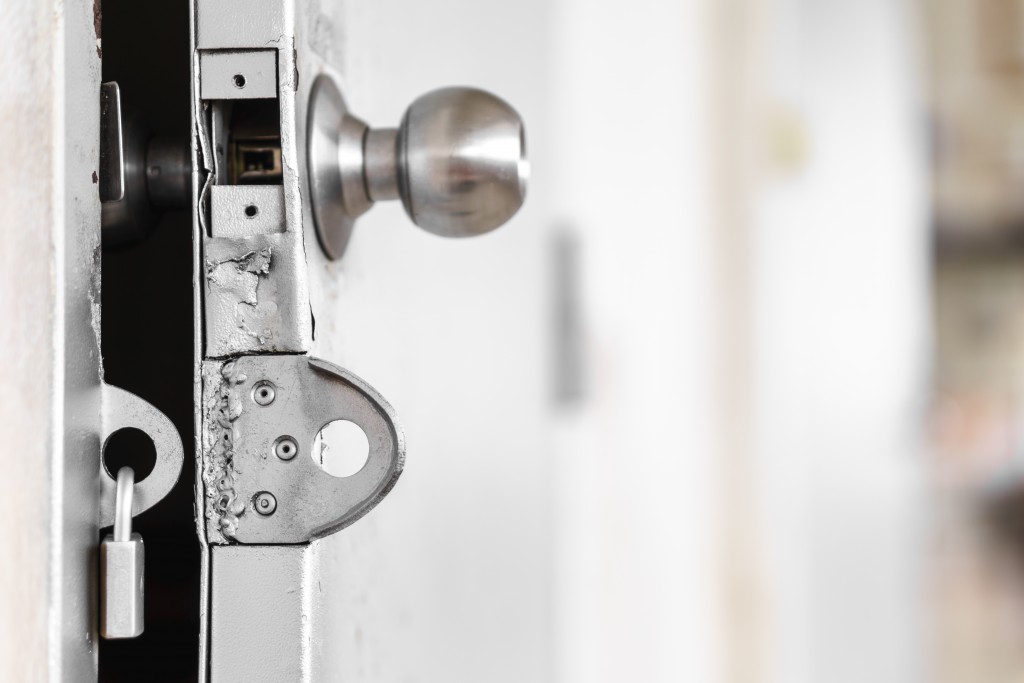Along with food and water, shelter is one of the basic necessities for human living conditions. We’ve certainly come a long way from the time of the cavemen, living in homes with smart features and multiple amenities which enable a comfortable daily existence. But just as we seek shelter from the elements, our homes can also be prone to sustaining damage and eventually deteriorating after long-term exposure. Even a durable concrete surface can start spalling or lose structural strength if water seeps in, unless the right waterproof decking material is used. You might not notice their impact on a daily basis, but over time, the elements can weaken or damage any structure – here’s how you can provide better protection to any property.
Rain and snow
In arid climates, precipitation may not be a significant factor in the long run. But for most property owners, water damage can present the greatest threat out of all the elements. Rain and snow bear down on your roof, year after year, causing shingles to loosen or disintegrate and creating an opening for water to enter the home. Excessive precipitation also leads to flooding in many areas. Either way, once water gets inside, it easily ruins the less durable interior surfaces and creates conditions favorable to the growth of mold or presence of vermin. Vigilance is your greatest asset in this regard; periodically clean gutters and check the condition of your roof, ensuring there are no leaks in the home. Observe the flow of water during heavy rains; if it’s pooling around the house, you may need to address landscaping issues such as sloping or proper aeration of the soil, in order to ensure good drainage.
Heat and sun
People living in regions with an abundance of sunny days every year often regard this as a wonderful thing, but over the long haul, exposure to heat and sunlight also impacts our structures. Paint cracks and peels off, which not only affects aesthetics but removes a layer of protective coating from your home. Interior items such as leather furniture may receive greater exposure if placed near windows, and deteriorate rapidly. Sometimes, neighboring properties may reflect additional sunlight towards your home and amplify these effects. Planting trees for shade is a great cost-effective solution to mitigate these issues. Adding features such as a pergola or retractable awning also provides excellent spot protection, while applying window films and rearranging the interior layout can save your furniture and decorations from the effects of harsh sunlight.
Wind and oxidation
Most modern homes are built securely enough that long-term wind exposure won’t loosen any of their features. However, if you live in an area that’s prone to high winds or storms, you know that extremes of wind speed can still cause substantial structural damage. In addition, any exposed metal components can be susceptible to the process of oxidation, which can cause significant corrosion and weakening of the metal. To reduce the risk of wind damage, check and maintain extended or mobile features of the home, such as doors and overhangs. Since falling or flying objects amplify wind damage, secure loose items around the property, and trim large tree branches. Make sure that metal features are well-protected with paint or clear coating to prevent oxidation.
Our homes protect us from the elements on a daily basis, but can also deteriorate over the years. Knowing these potential impacts, you can take the appropriate measures and perform maintenance to keep your home in good condition and avoid substantial issues down the line.





